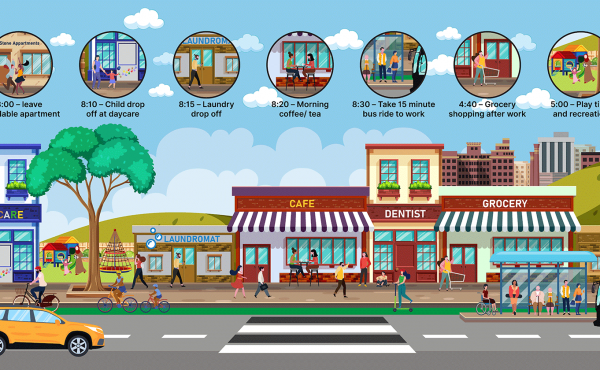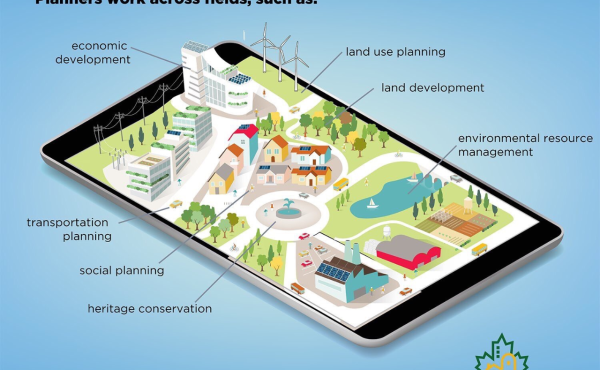Each week we will be focusing on blogs from around the world dealing specifically with urban environments. We’ll be on the lookout for websites outside the country that approach themes related to urban experiences and issues.
![]()
• Can a little greenspace reduce crime? That’s the thesis advanced by a new study published in the American Journal of Epidemiology which analyzed a ten-year project in Philadelphia to turn 4,436 empty lots into park space. Researchers suggest the significant drop in crime is attributable to the way potential criminals view and interpret the space. (Grist)
• In London, traffic planners are experimenting with reduced barriers between motor vehicles and pedestrians on Exhibition Road. The planners are attempting to draw pedestrians back to the cultural centre of the city, using visual cues and textures to communicate proper behaviours while encouraging all road users to slow down. (GOOD)
• The New York Times explores three unconventional but highly successful modes of transportation. In Maine, the Brunswick Explorer is a small fare bus that affords independence to people living in rural communities without access to a car. In Brooklyn, private dollar vans provide an option to folks travelling where other options don’t exist. Across the country, the Independent Transportation Network allows users to share rides with those unable to get around on their own. Users can transfer rides earned to those in need or bank them for a future time when they are unable to drive. These alternative models demonstrate that transit solutions require ingenuity and not necessarily major infrastructure investments.
• Business Week profiles the work of Build Change – a non-profit dedicated to building resilience in communities prone to natural disasters. The group seeks to improve the safety of construction by training locals in the principles of safe building design – allowing them to design safe and resistant structures that reflect cultural traditions and preferences.
• The Atlantic discusses the decline of play during childhood. Among the reasons why kids today spend less time playing outside than previous generations, parents are concerned with the safety of their children ranging from dealing with strangers and outdoor traffic. Author Esther Entin traces the concomitant rise in depression and anxiety and the role that play can have in combatting this phenomenon.
Image from Treehugger
Do you have a World Wide Wednesday worthy article you’d like to share? Send the link to www@spacing.ca




